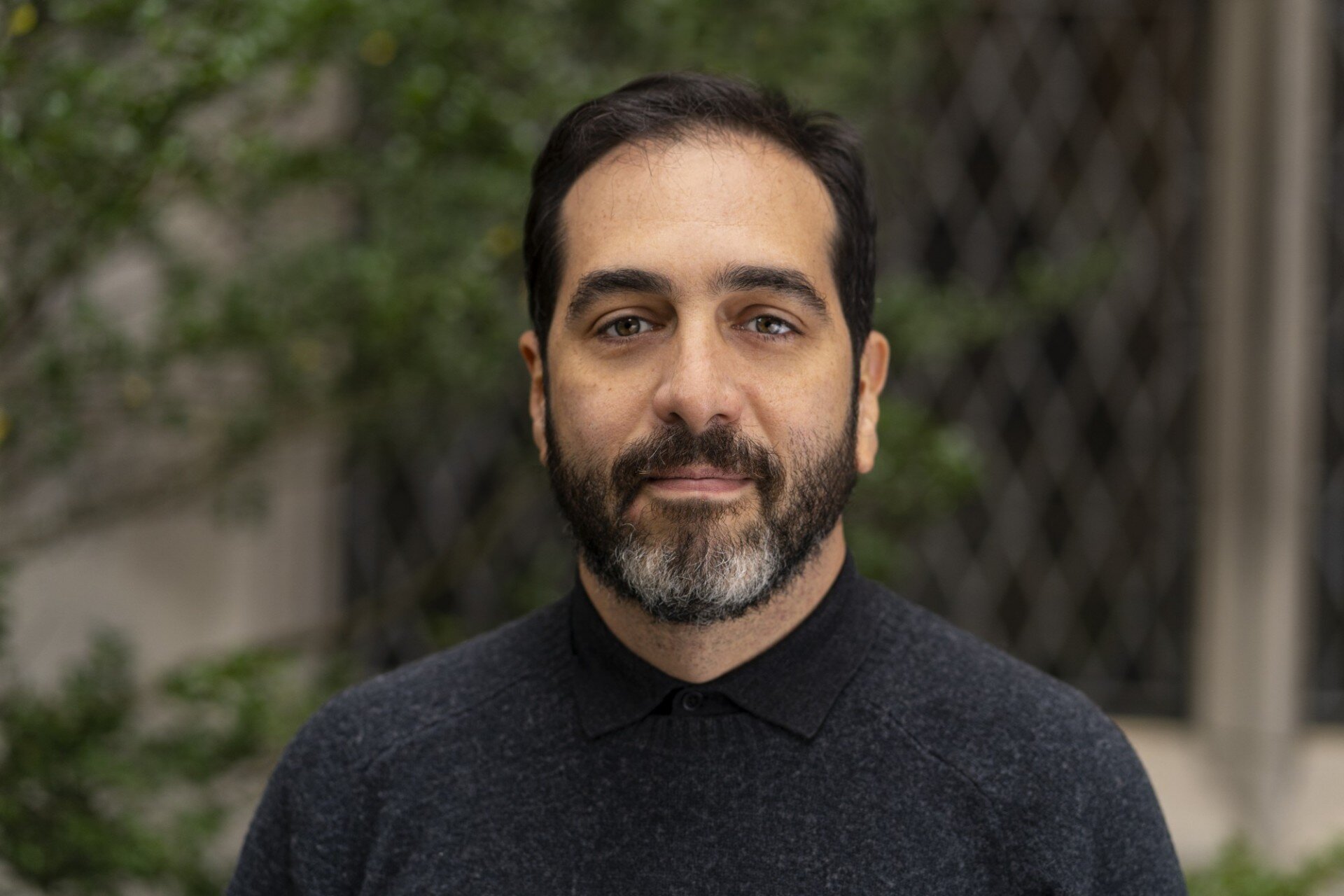For centuries, millions have undertaken a pilgrimage in search of meaning, reconciliation, or a fresh start. Among the many traditions that frame these journeys, the Christian Jubilee—dating back to the 14th century—marks a moment when time is imbued with symbolic weight.
Held every 25 years, the Jubilee calls people to reflection, remembrance, and spiritual openness. In 2025, declared a Holy Year, the region historically known as the Holy Land regains global attention. Jordan, with its archaeological depth and biblical sites, has emerged as a key space for this international observance.
Ancient Roots, Contemporary Relevance
The idea of the Jubilee extends beyond Christian tradition. In the Old Testament, the Jubilee year was a socio-economic institution observed every 50 years: debts were forgiven, land was returned, and enslaved persons were freed. Christianity adapted this concept into a framework for spiritual renewal. The first official Jubilee was declared in 1300 CE by Pope Boniface VIII, initiating a cycle that continues today.
Modern Jubilees retain religious character but have broadened in scope, connecting with themes of pilgrimage, historical memory, and existential search. Core elements—rituals like the opening of holy doors, acts of charity, sacramental participation—aim to reestablish a personal link with what is essential.
During a Holy Year, select locations around the world are designated as Jubilee sites. Pilgrims visiting these spaces, engaging in their rituals, and undertaking personal reflection may receive a plenary indulgence—a term from Christian doctrine signifying spiritual reconciliation. Yet even for those outside the tradition, the Jubilee invites renewed appreciation of the cultural and human legacy that has shaped much of Western civilization.
Holy Land and Jordan: A Geography of Origins

Bethany Beyond the Jordan (Al Maghtas)
The term "Holy Land" refers to a geographical and cultural landscape where foundational events of Christianity unfolded. Many of these occurred in what is now Jordan, including the baptism of Jesus, a pivotal moment marking the start of his public life.
This region’s significance is set to grow in the coming years. In 2030, the 2000th anniversary of Christ’s baptism will be observed, followed by commemorations of his ministry and final days. The Jubilee of 2025 thus becomes a launching point for a broader cycle of remembrance and historical reflection.
In this context, sites like Bethany Beyond the Jordan (Al-Maghtas) gain renewed visibility. Recognized since antiquity as the place where Jesus was baptized by John, this stretch of land on the eastern bank of the Jordan River is a UNESCO World Heritage Site and, in 2025, one of four official Jubilee destinations in the Holy Land. The recent opening of the Church of the Baptism of the Lord there reinforces its role as both a liturgical site and a space of hospitality for pilgrims.

Late Pope Francis during His Visit to Bethany Beyond the Jordan (Al Maghtas) in 2014
A Shared Legacy Looking Ahead
The Jubilee also activates dynamics that extend beyond belief systems. It encourages movement, fosters pilgrimage networks, and strengthens cultural ties. Jordan, with its long-standing commitment to interreligious dialogue and heritage preservation, plays a central role. The country's efforts to protect and develop sites like Bethany Beyond the Jordan (Al-Maghtas) position it as an essential destination for those seeking meaningful encounters with place, history, and tradition.
In a period marked by transformation and uncertainty, the Jubilee offers a pause—a chance to look back and find orientation for the present. With its sacred landscapes and culture of welcome, Jordan offers a compelling stage for this ongoing dialogue between memory and hope.




